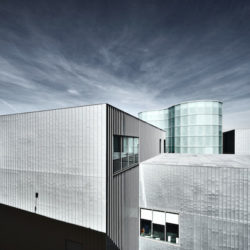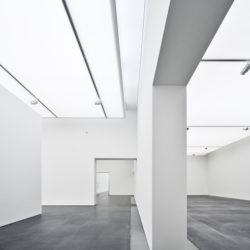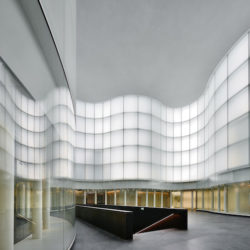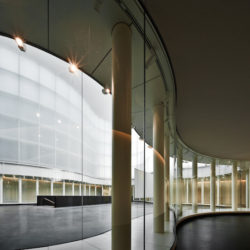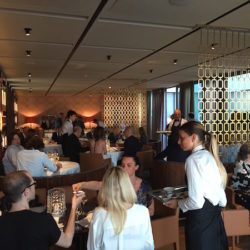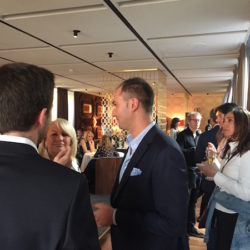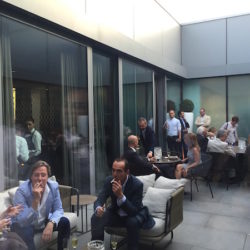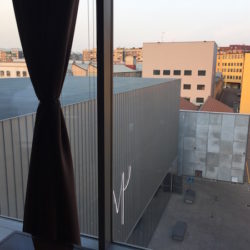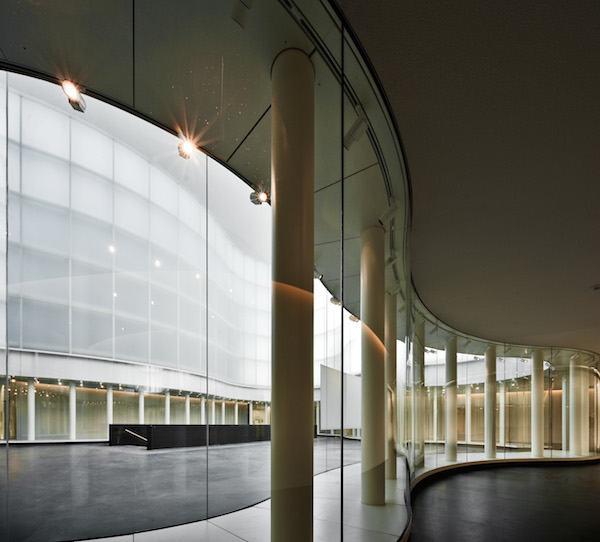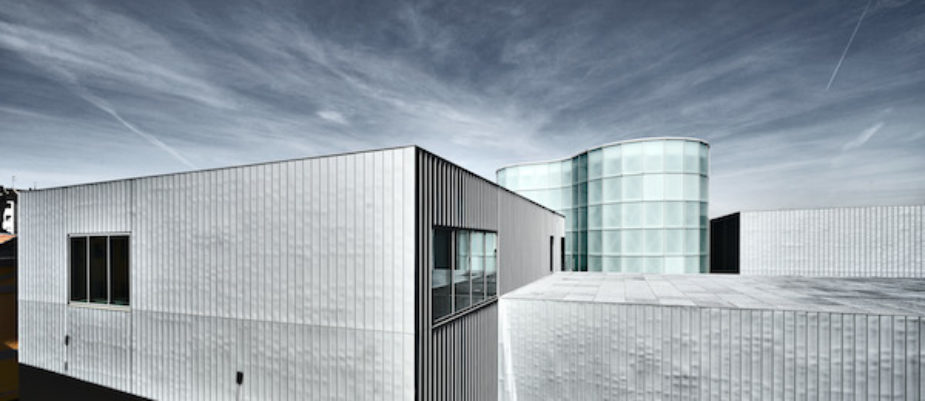
Designed by the architect David Chipperfield, MUDEC, the Museum of Cultures of Milano, shows its intercultural vocation in a project capable to meet the call from a cultural public in a landscape that is in continuous transformation for museum institutions, their sustainability and their identity are concerned.
17.000 sqm of archaeological recovery live again in multifunctional different spaces to offer a complete experience, with several cultural events and services.
The MUDEC started its life as an operation of archaeological recovery in one of the most lively districts of Milan, the Tortona area.
The project for the Museum of Cultures originated in the 1990s when the Municipality of Milan acquired the former Ansaldo industrial area to give it over to the cultural activities. The disused factories, which are true monuments of industrial archaeology, have been transformed into workshops, studies and new creative spaces.
The very architecture of the building mirrors the many spirits that dwell in the MUDEC. The building features blocks of squared-off forms clad in zinc and a crystal structure, lit around the clock, that bursts geometrically upon the area hosting it and appears very different from the adjacent rooms. The MUDEC sets itself apart by its central hall in a free and organic shape which generates an internal ‘flower’-shaped courtyard , a covered piazza, meeting place for cultures and communities. Around the hall, there is a dedicated area which hosts the section of the museum itinerary holding the works from the permanent collection and the halls given over to the large temporary shows.
Within the building spaces are laid out offering the visitor and the city a multiplicity of cultural proposals and services, such as a multifunctional conference room, the auditotium – a 300 seat-theatre for art performances- and a library with an heritage of more than 4000 works and bibliographic funds.
On the second floor, you can find the MUDEC Club restaurant, a space that aims to be also a container for events linked to the art-world. Finally, MUDEC Junior is the space specifically dedicated to children, where it is proposed bringing the younger ones closer to the diverse cultures of the world through activities of play, multimedia stations and manual workshops.
An innovative aspect about MUDEC is also the public/private-partnership governance. The partnership is an important and pioneering solution that is capable of respecting the identity of the cultural hub and at the same time meeting demands of efficiency and sustainability. Scientific management, preserving, cherishing of the heritage and coordination of activities of the Forum of Cultures are entrusted to the Municipality of Milan; 24 Ore Culture on the other hand deals with bringing about the large temporary shows and managing the services of hospitality and entertainment.
In this way a significant experience has been brought about – the first of its kind in Italy – of cooperation between a for-profit party and a not-for-profit one that, in addition to being founded upon sharing of know-how, generates a virtuous dynamic in cultural management and gives life in Milan to a new cultural hub that alongside the museum and temporary exhibition events offers a multiplicity of occasions for entertainment, from the bistrot to the design store, from the restaurant to the public car park, from the teaching spaces to the auditorium, from the MUDEC Academy to the junior culture space.
If becoming familiar with other cultures really help us to become more hospitable, the Museum of Cultures is a very good strating point, a strong contribution to know who seems “different” from us.
MUDEC Restaurant
At the third floor is located the restaurant, designed by Studio Rotella and managed by the renewed restaurateur Giacomo. A “forties style” bourgeois look connotes the environment. The pleasant view of MUDEC and the former industrial area creates an interesting contrast with the elegance of the interiors.
Text by Gabriele Masi.

